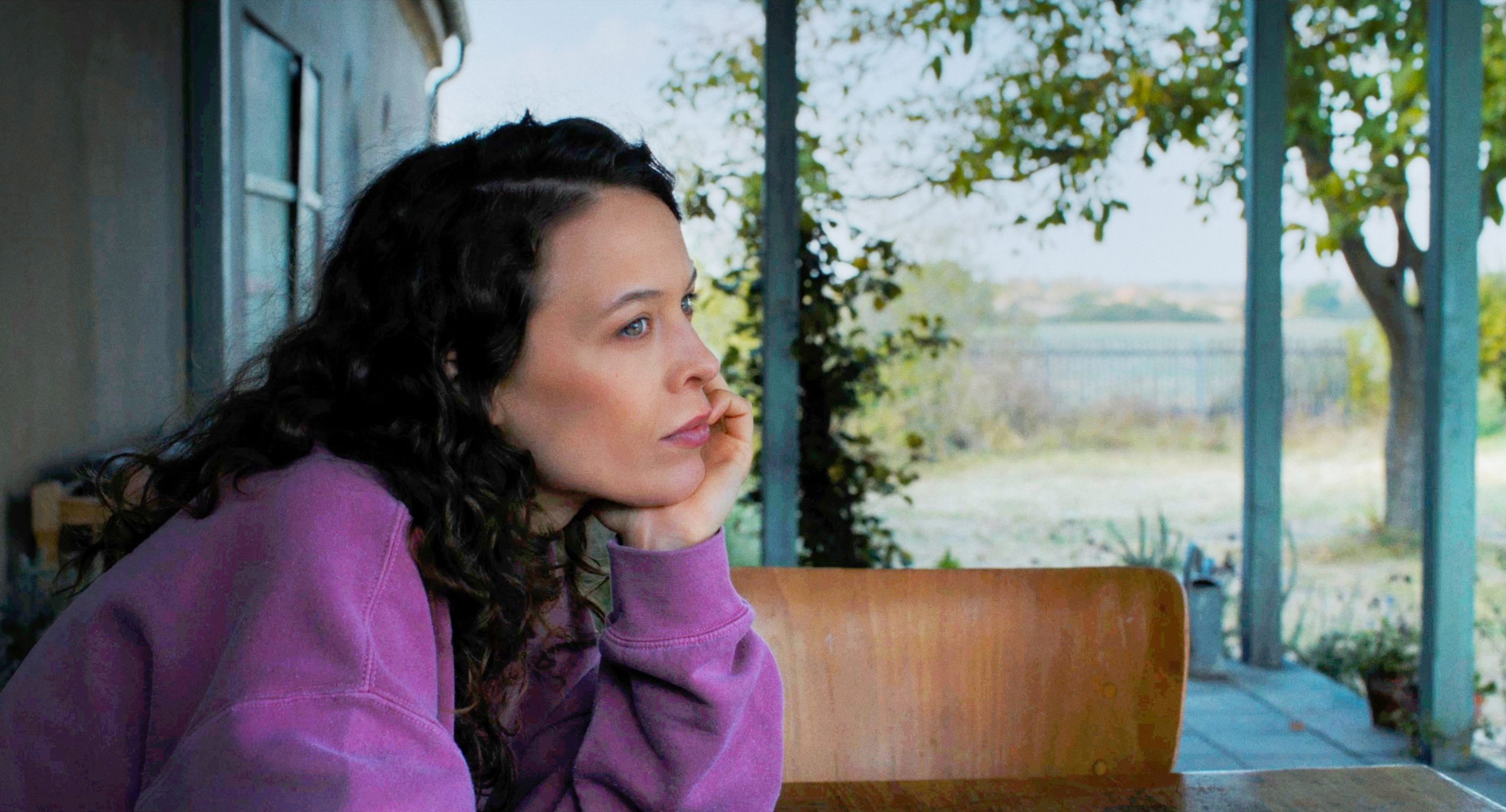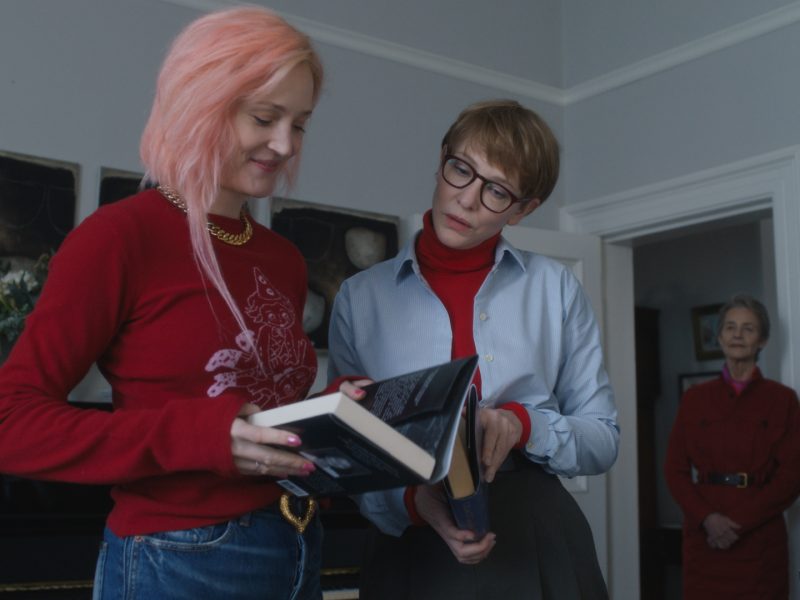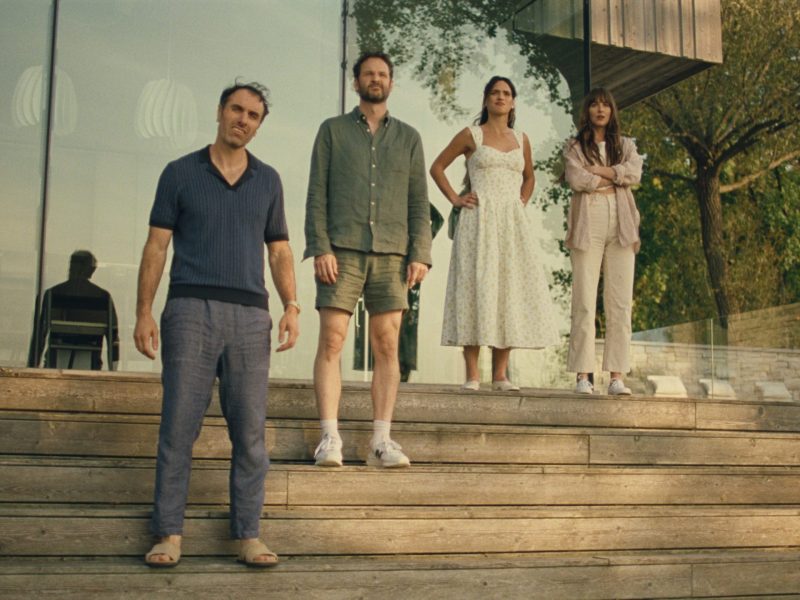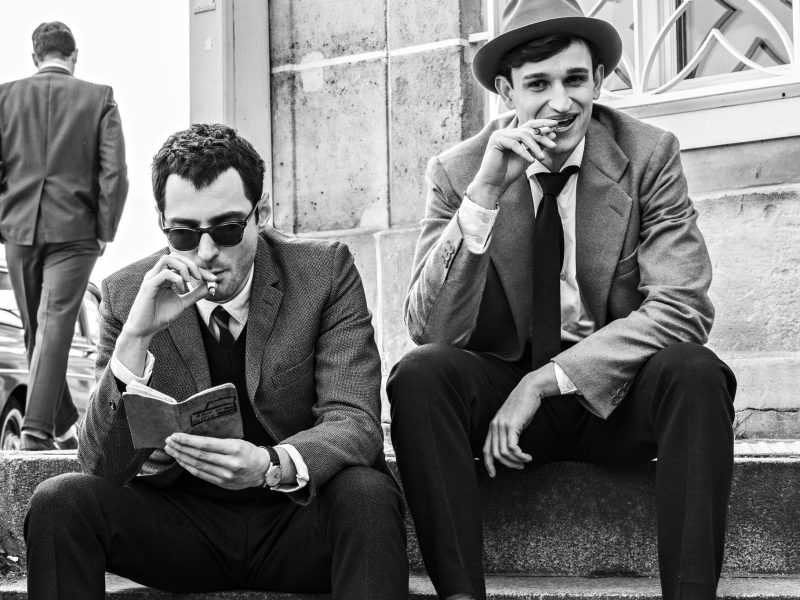Mirrors No. 3: A Familiar Melody [eng]
Review of Mirrors No. 3 (Zurich Film Festival)
TITLE: Mirrors No. 3 / DIRECTOR & SCREENWRITER: Christian Petzold / CAST: Paula Beer, Barbara Auer, Matthias Brandt, Enno Trebs… / DURATION: 86’ / COUNTRY: Germany / YEAR: 2025
It seems quite inexpensive to make a Petzold film lately: find a picturesque Airbnb in the German countryside, hire Paula Beer for a month, and the project is well underway. Mirrors No. 3 can be considered as a conclusion to the German director’s unofficial trilogy, loosely inspired by the elements. While Undine (2020) and Afire (2023) clearly represented water and fire, Mirrors seems to foreground air as a symbolic thread of its weightless tone and volatile narrative. Here we follow Laura (Beer), a piano student who miraculously survives a car accident during a weekend trip and finds refuge in Betty’s (Barbara Auer) secluded home. While she provides motherly care during Laura’s rehabilitation, the two women build themselves a fragile and momentary haven, until the return of Betty’s husband and son to the family home.
At first glance, Petzold paints a familiar landscape: the run-down countryside house with crackling floors and dripping sinks, the afternoon bike rides in the fields and the evening drinks by the porch. However, none of the characters behaves as we would expect them to. (How can Laura seem so unfazed by the recent death of her boyfriend in the car crash? Why is Betty accepting to take care of a total stranger’s convalescence in her own home?) This contrast between the familiar and the unexplainable carefully infuses the story with apprehension and discomfort. Everything is tailored for the audience to dread an imminent explosion or the unfolding of a drama, but Petzold knows better than this. He keeps the real drama off-screen—most of it has already happened before the film starts anyway—to focus further on the complexities of emotions and relationships.
As with Afire, we are provided with a handful of characters gathered in a primary location, without much introduction to any of them. The audience observes how this microcosm interacts and adapts to the disruptive external element, articulated through another director’s successful collaboration with Paula Beer. All we know of Laura is that she is a piano student; the rest is left for us to imagine. The piano piece she plays is paramount to the narrative. Maurice Ravel’s Miroirs: III. Une barque sur l’océan not only lends the film its title but also functions as a recurring motif. The composition perfectly encapsulates the film’s sense of drift and floating, and its three appearances, culminating near the final scenes, recall the haunting Speak Low, sung by Nina Hoss in Phoenix (2014).
The countryside home itself becomes a central character in the film. Petzold frames his subjects safely nestled under sloping ceilings and through doorways, while windows usher in a warm, benevolent summer light. The house’s gradual renovation mirrors the developing dynamic between Laura and Betty on their healing journey; weeds are pulled from the garden, fences repainted and the faucet and dishwasher repaired. However, this domestic peace is momentary. Just when this makeshift family finds a new sense of tranquility, their sanctuary turns on them; the dishwasher explodes and doors are locked just as secrets surface and trust is broken.
Petzold’s directing is characteristically economical and purposeful, yet still elegant. He avoids unnecessary shots, ensuring every frame is deliberate and serves the storyline. The film’s style is marked by his usual restraint and measured pace. We observe the characters’ development within their environment from a distance, allowing tension to build gradually, often through silence and gazes rather than actions.
Ultimately, Mirrors No. 3 is quite predictable compared to some of his previous films, yet the atmosphere remains intriguing enough to captivate the viewers with its relatively short 86-minute runtime. It is perhaps a Petzold film played in a minor key, but the melody lingers long after the credits roll.
Photo Credits: © Schramm Film.




